- This event has passed.
EuroMed Regional Congress 2024
22 April 2024 from 12:00 to 26 April 2024 from 10:00
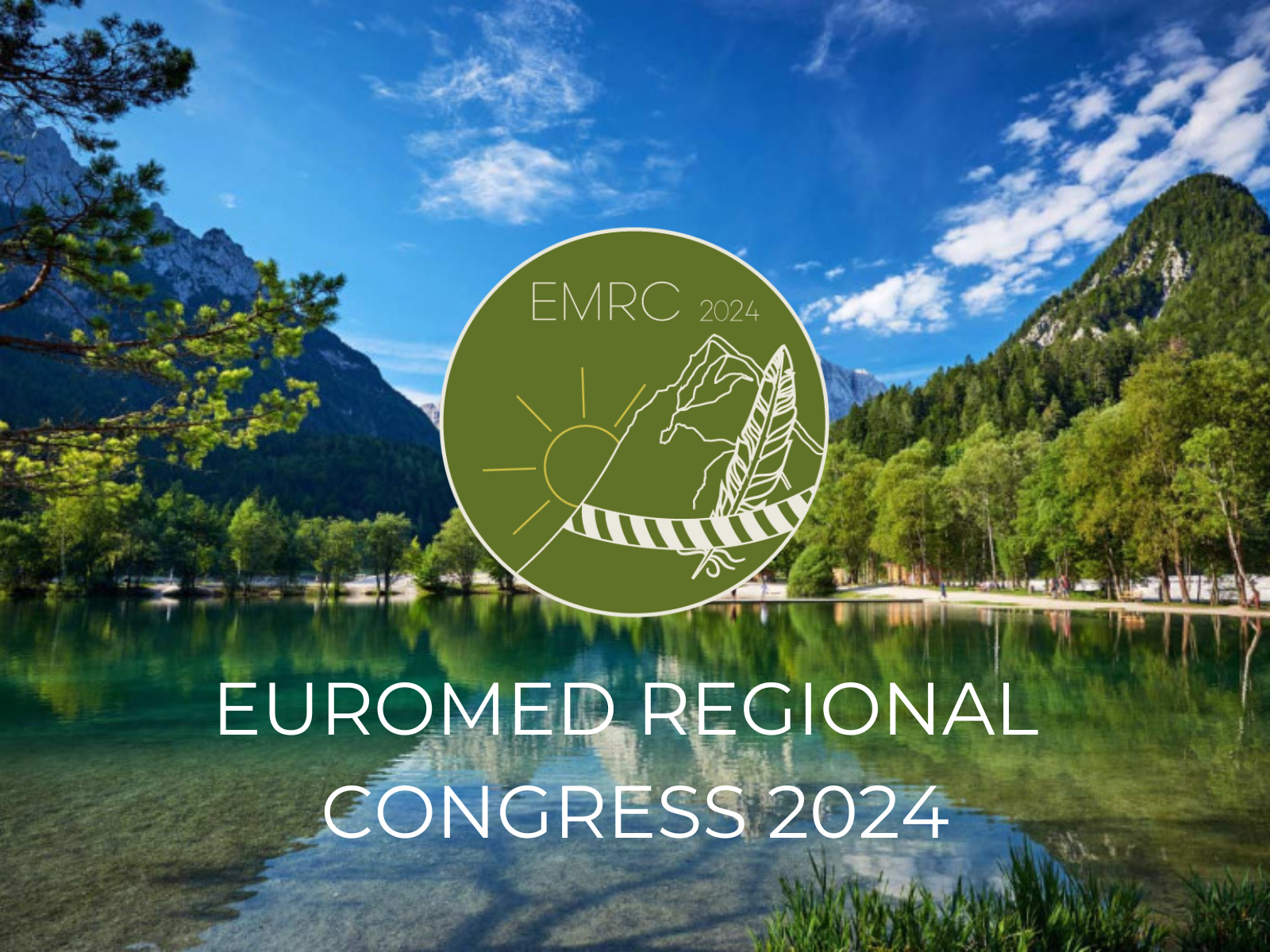
The Alps are one of the most important, but also threatened ecosystems in Europe. With
increasing pressures in the form of tourism, traffic, urban development, and climate
change, this fragile region needs green solutions and plans for a more sustainable and
environment-friendly future. That’s why we invite you to the Julian Alps in NW Slovenia to feel the sunny side of the Alps and explore how people have been living in this unforgiving environment for centuries and how the sustainable development of mountain areas can provide a greener tomorrow for the region.

TOPIC
Our congress aims to highlight the Slovene part of the Julian Alps, which we like to regard as the sunny side of the Alps, showcasing projects, ideas and traditions which help build a future, geared towards a peaceful cohabitation between people, animals, plants and heritage of this protected mountainous area. We will focus on both human and natural topics and their interactions while tackling the challenges which this regions is facing. To present solutions and a less bleak picture of the Alps, it is of vital importance to pinpoint and address these threats and problems, which include among others climate change, mass tourism, increased traffic, pressures on the region’s fragile water sources, habitat loss and others. Our hope is that participants will leave the congress with ambitions, ideas and motivation to take action themselves and ensure a resource and climate-friendly future for all European alpine regions.
LOCATION
Our congress will take place in a youth hostel, a 15 min walk from the alpine town of Kranjska Gora, famous for its ski resort and an abundance of starting points for mountaineering opportunities in the summertime. It is also one of the destinations awarded theSlovenia Green label. The hostel is located in the heart of the Pišnica valley on the first leg of the Vršič mountain pass, the highest in Slovenia. Only 500 m from the Jasna lakes and on the doorstep of the Triglav National Park, it is surrounded by towering mountains exceeding 2000 m such as Špik, Škrlatica and Prisojnik. It is built in a traditional alpine style with seven shared rooms, two chilling rooms, and a large dining hall/party room. The hostel is located right next to the river and includes a bonfire place and a sports playground, while also being a starting point for many hikes in the surrounding nature.
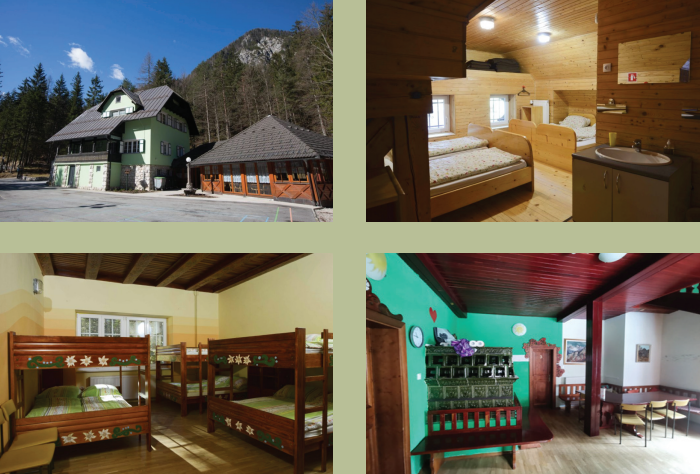
HOW TO GET THERE
Located deep in the Alps, Kranjska Gora might not be connected to the rail or highway network, and travelling to it by public transport might take a bit longer, but we encourage you to opt for sustainable transport options and enjoy the scenic journey to reach it. After all, it is impossible to imagine the future of alpine regions without supporting sustainable mobility! For more info and tips on how you can make your journey here as sustainable as possible, check theSustainable Mobility page of the Slovene Tourism Boardand the Green Slovenia guidelines.
PROGRAMME
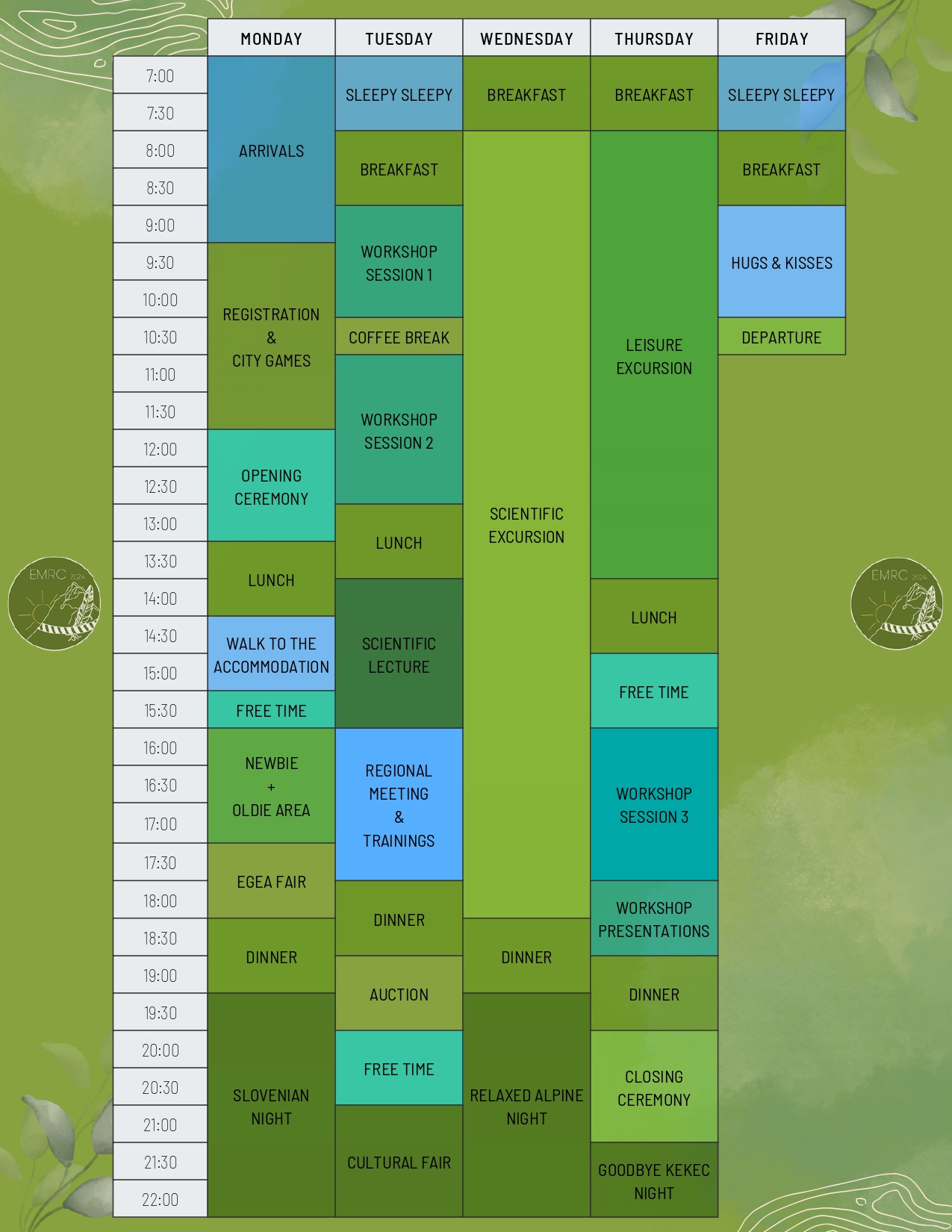
WORKSHOPS
SCIENTIFIC EXCURSIONS
Following the path of tradition down the emerald beauty
On this excursion led by Triglav National Park, we will discover the upper course of the beautiful Soča river with its gorges, traditional villages, and mountain vistas, while also crossing one of the famous alpine passes, Vršič or Predel.
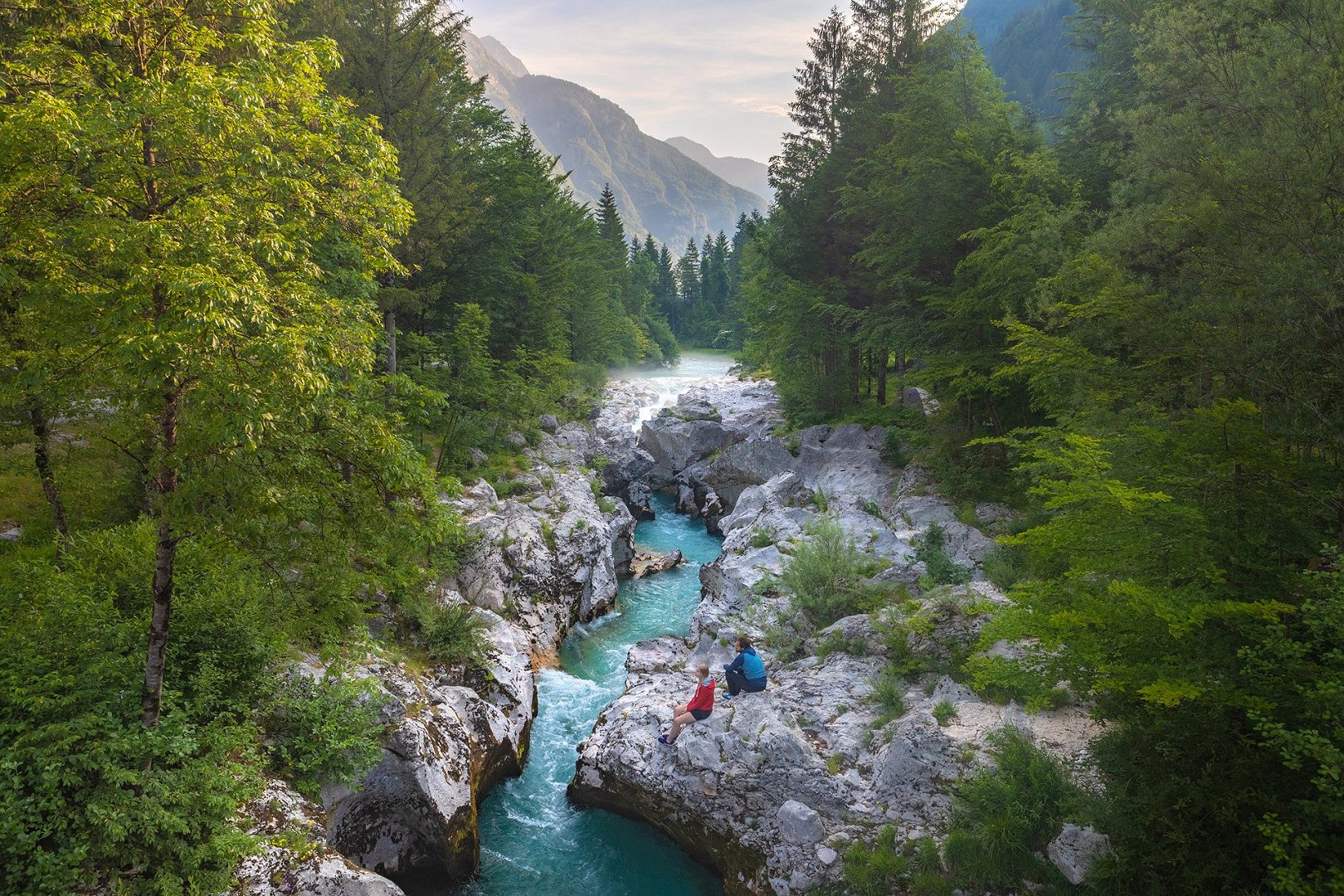
Mountaneering history, glacial valleys, and waterfalls
We’ll firstly discover the alpine village of Mojstrana with its innovative Slovene Mountaineering Museum. Afterwards we will tackle the issue of traffic management in alpine valleys while touring the glacial Vrata valley with the Peričnik waterfall and the largest mountain wall in the Eastern Alps.

The valley of nordic sports and springs
Planica has always held a special place in the hearts of Slovenians, symbolising our love for sport, mountains, and outstanding achievements. We will explore this fascinating nordic centre by bike and tackle the challenges and solutions the developers faced when building such infrastructure in the heart of the Alps. We will also stop by the emerald Zelenci springs, where we will touch up on the issues of climate change and alpine water sources.
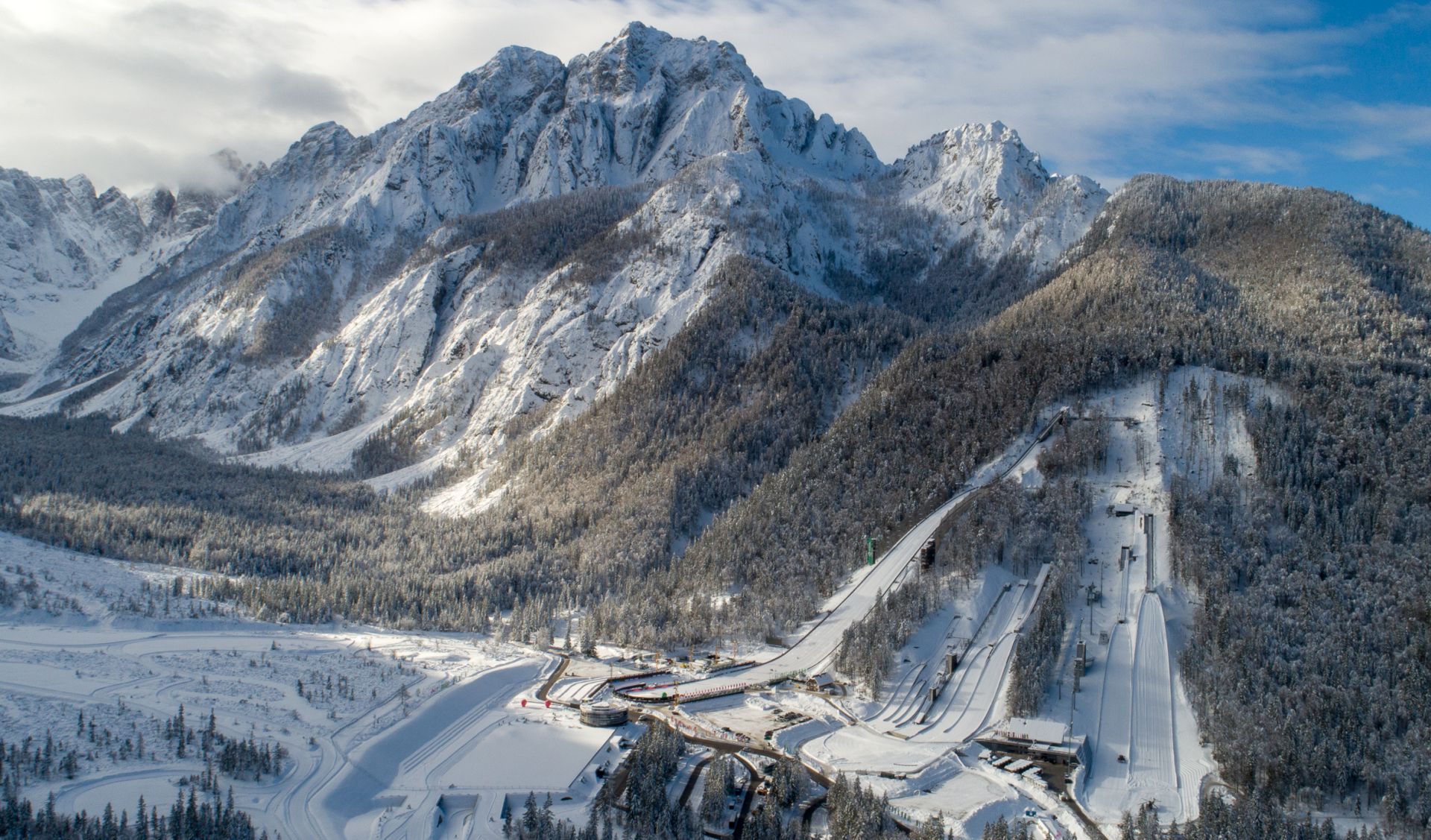
LEISURE EXCURSIONS
Krnica glacial valley and the Russian chapel
The Krnica valley is a typical example of a scenic glacial valley, cutting 6 km deep into the mountains of Triglav National Park. We will follow the sparkling waters of the Pišnica stream past active pastures to meadows surrounded by two-thousand metre high peaks, with the 2600 m high Razor being the tallest. We will also stop by the Russian chapel, a unique cultural monument built in 1916 by surviving Russian prisoners of war to commemorate those who died during the construction of the road across the Vršič pass.

Visoki Mavrinc
It wouldn’t be an alpine congress without at least one proper alpine hike, right? Visoki Mavrinc is a 1562 metre high mountain peak with epic views over the Krnica valley and towards the towering mountain peaks all around it, from Slovenia’s second-highest mountain Škrlatica at 2740 m, to the Karavanke mountains on the border with Austria and the mystical Prisank with its Heathen Maiden rock formation. The views are well worth the hike, trust us, and it’s the perfect location to recreate the Kekec shout since the movies were filmed in the valley below!
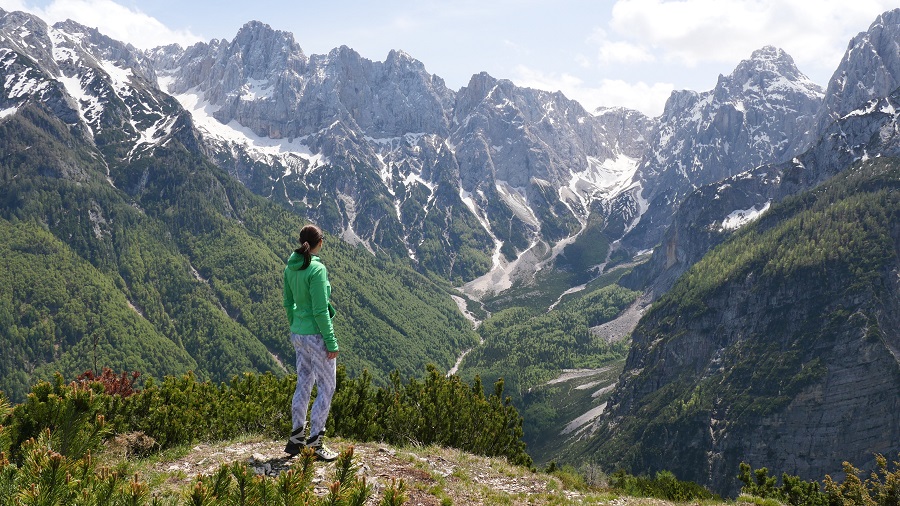
ORGATEAM
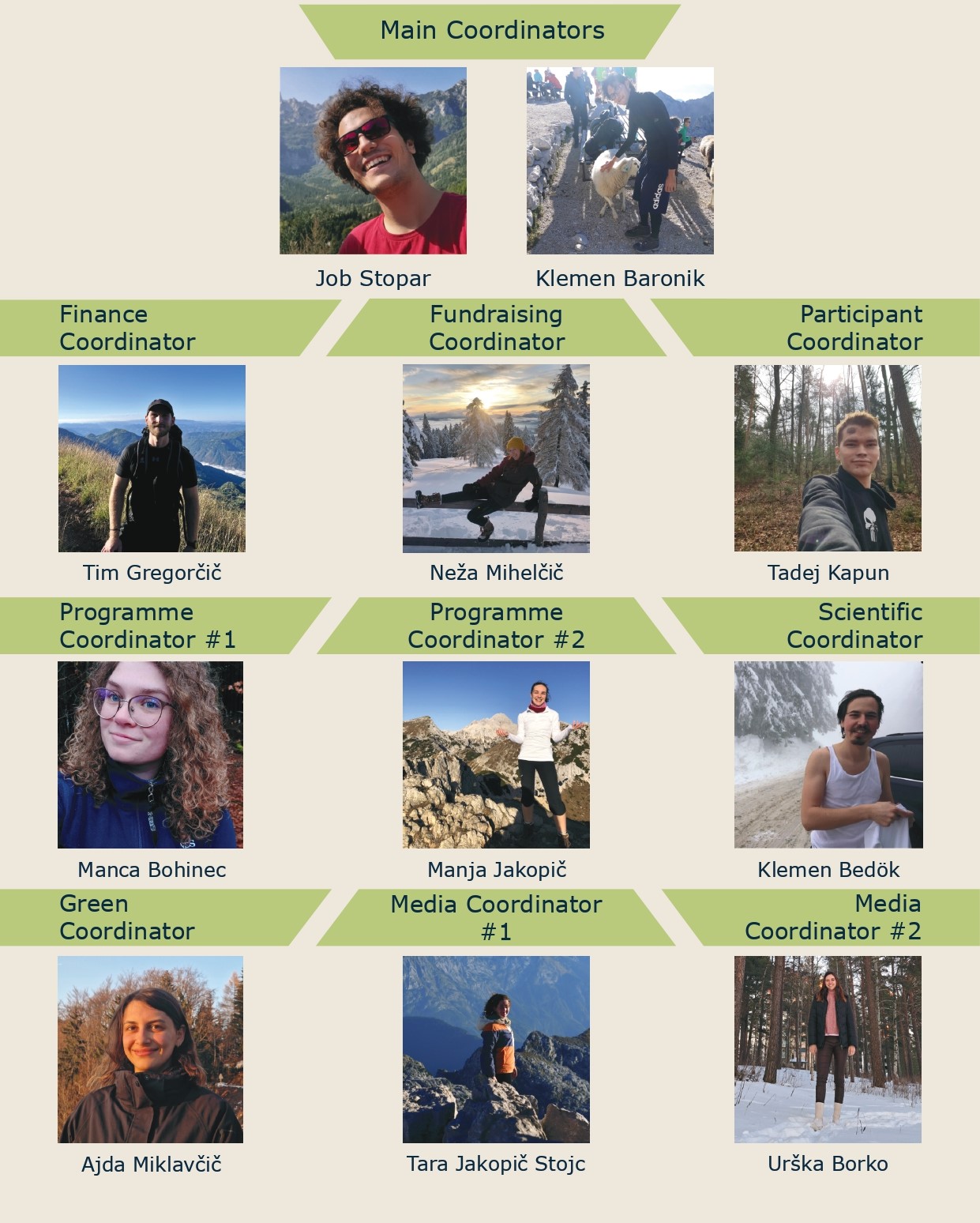
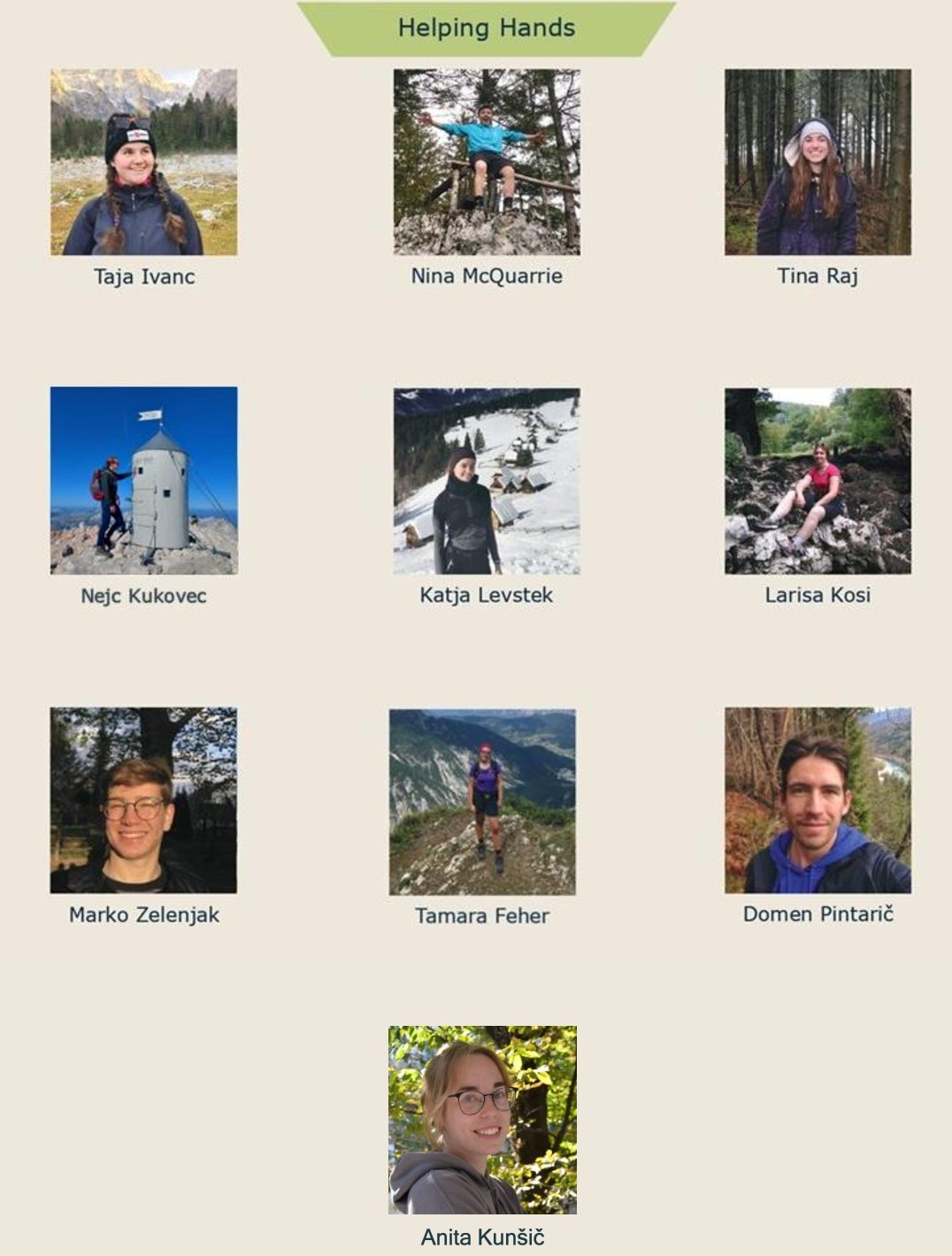
SPONSORS

REGISTRATION
SUPPORT FUND
We encourage you to apply for the Support Fund, which was set up to help Egeans in need to attend important EGEA events such as congresses and OSMs.
Please remember that EGEAns can apply for the Support Fund to help finance attending this event only while registration for this event remains open!!!
You can find more info on the Support Fund and how to apply here.
Who's coming?
248 people are attending EuroMed Regional Congress 2024
EGEA Ljubljana and EGEA Maribor
2 Comments
Leave a Reply
You must be logged in to post a comment.
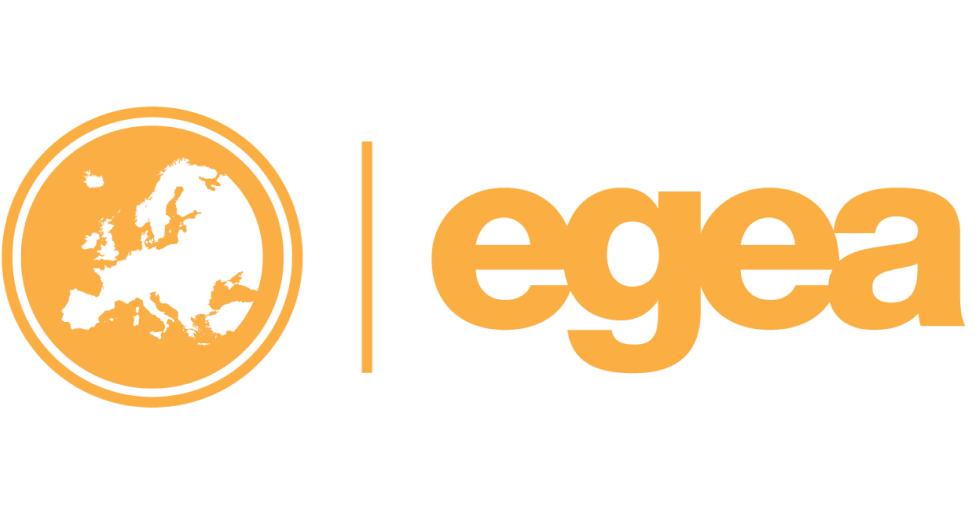


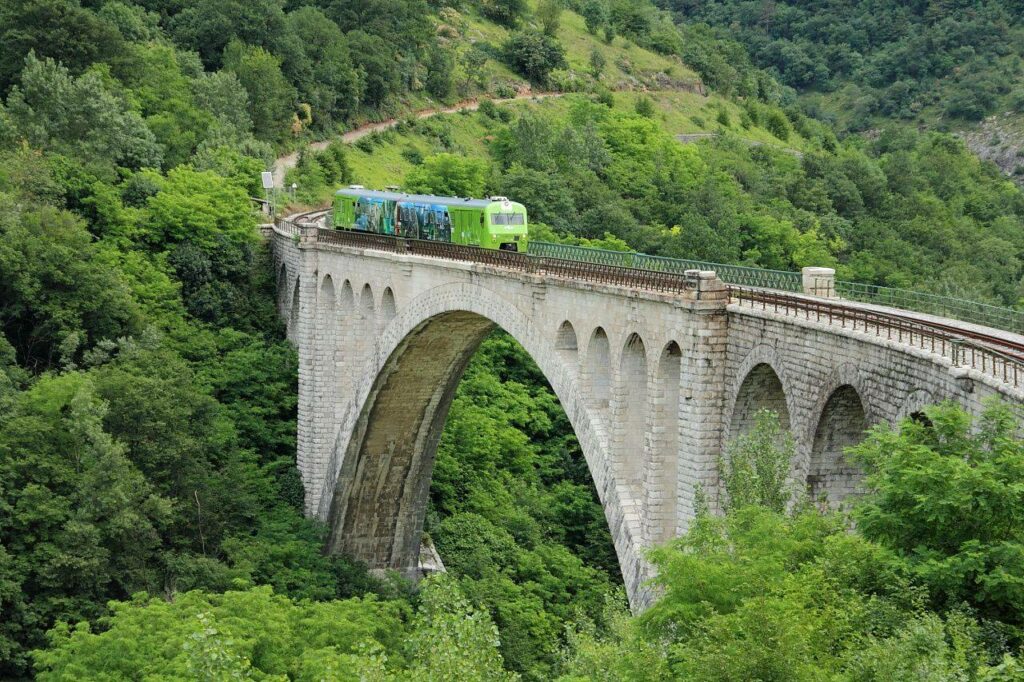
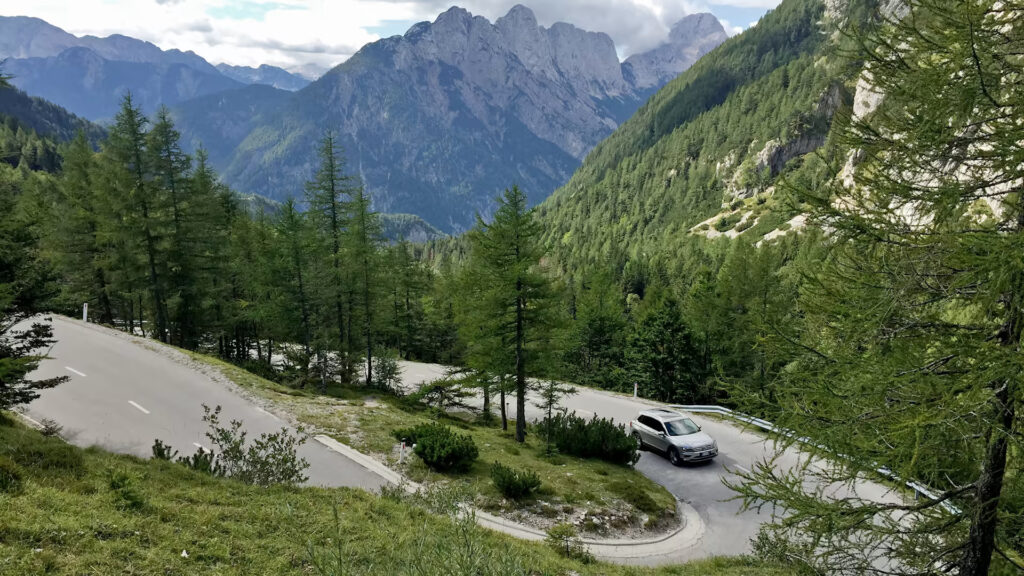


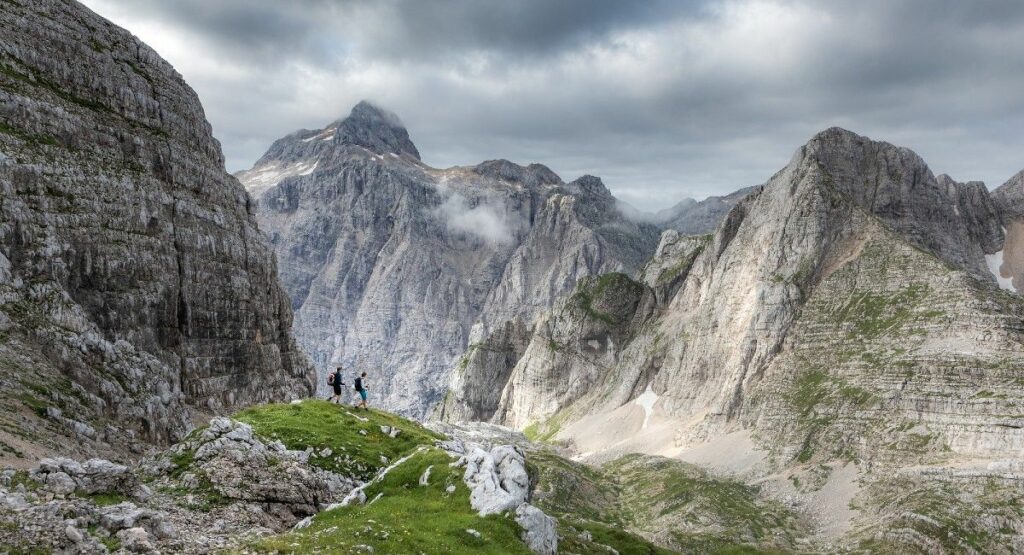
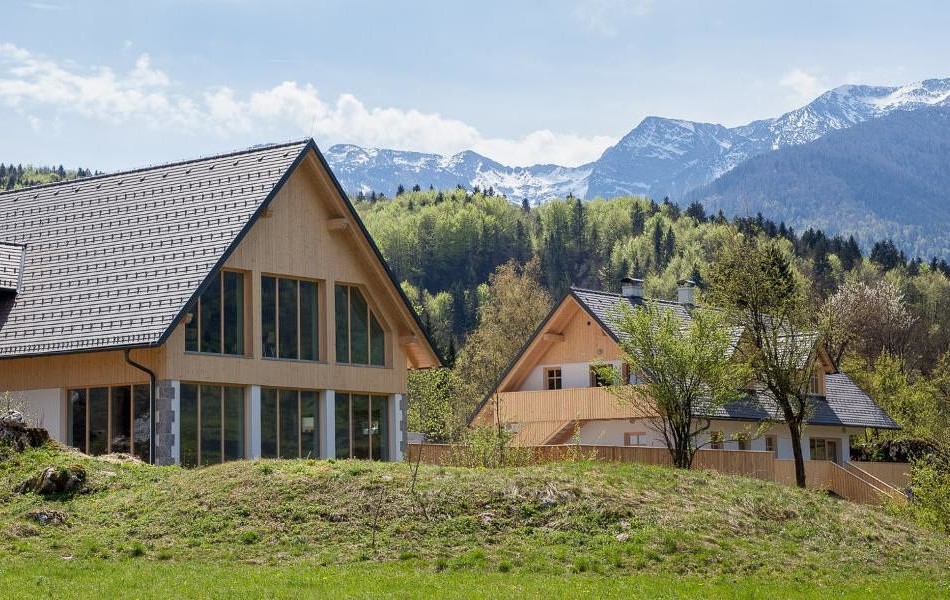

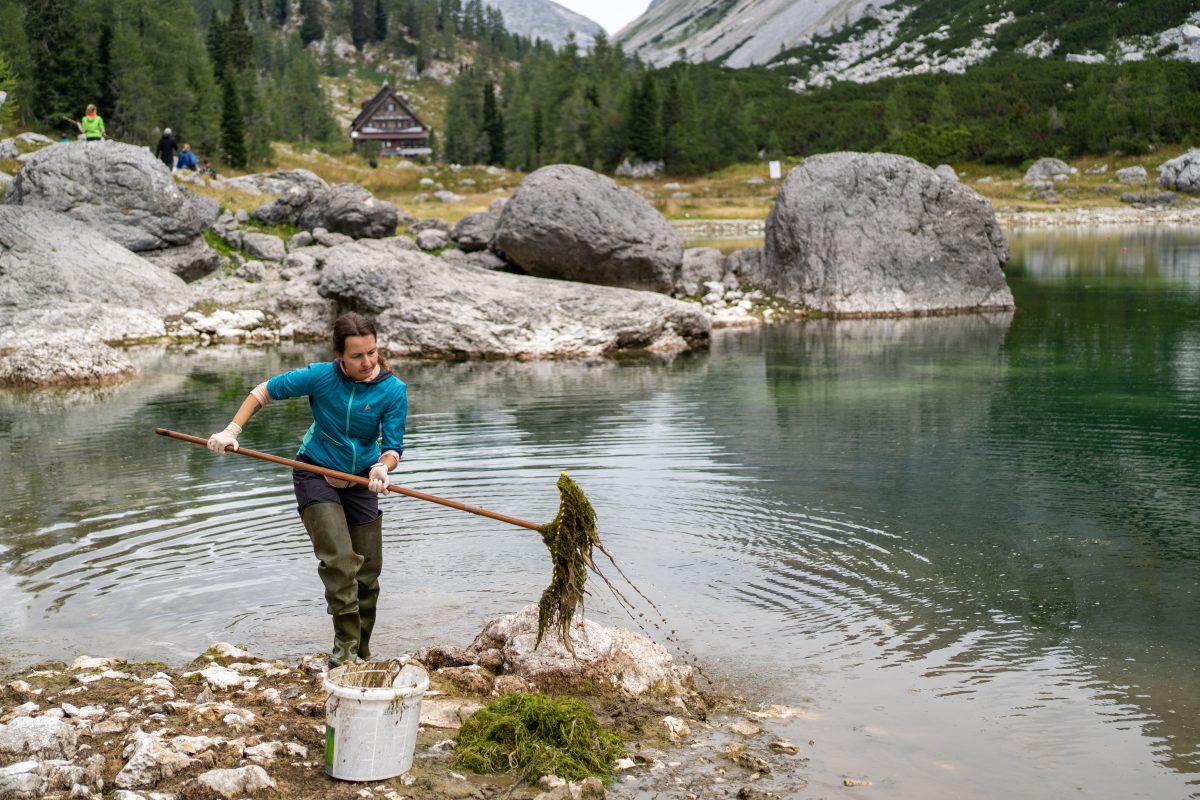
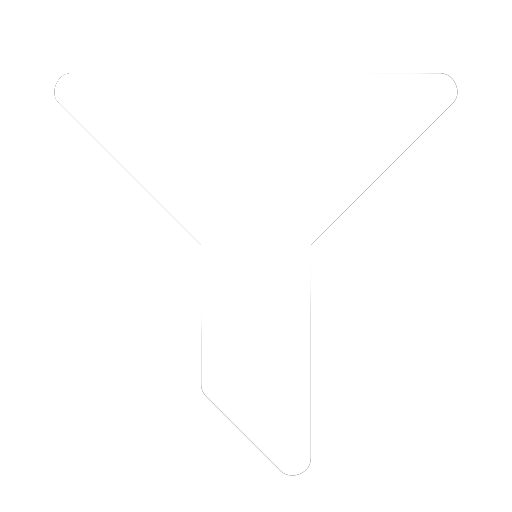
OMG THIS CONGRESS LOOKS AMAZING
You should totally apply! I heard that the main coordinator from the coast is very handsome!